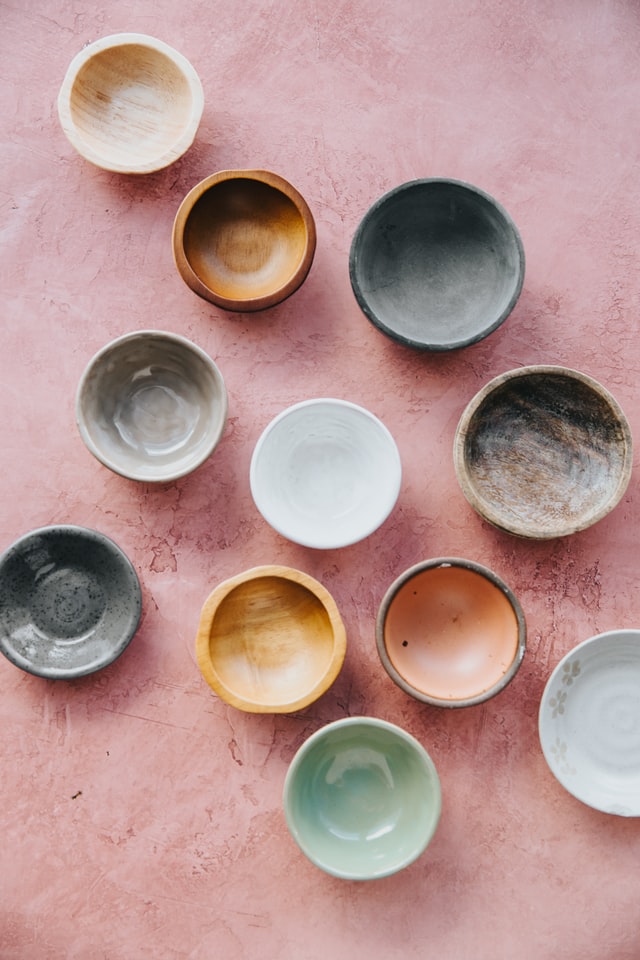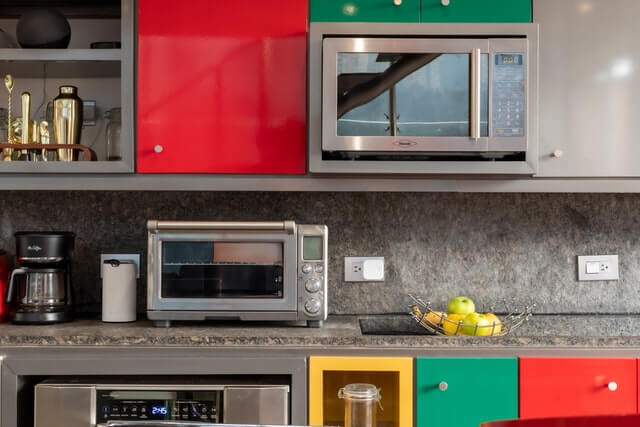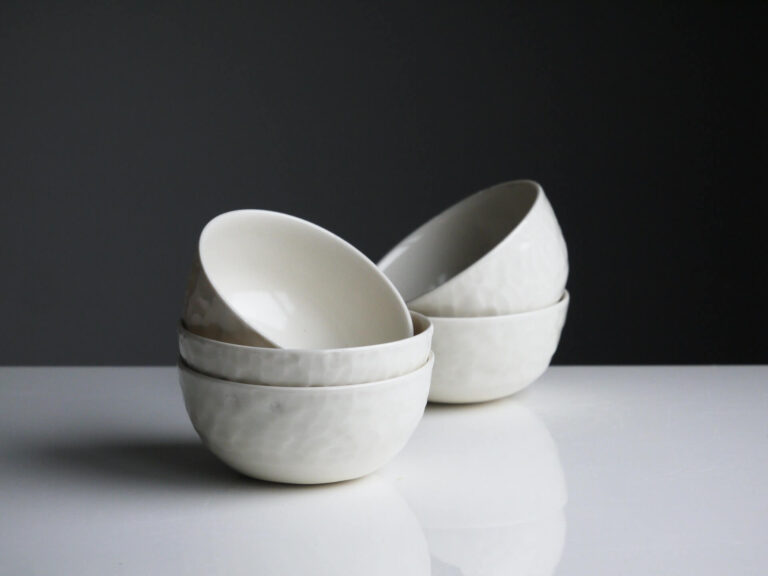7 Stages Of Clay Every Potter Needs To Know
Are you ready to discover the wonderful world of clay?
It’s a fascinating and sometimes challenging material that changes its properties at different stages throughout its drying and firing cycle.
In this post, we’ll delve into the different stages of clay and learn about their unique properties and uses.
All the stages of clay present in the artroom today! #snowflakes pic.twitter.com/OEGmWZ6D0e
— Washburne Art&Design (@MrsG78871321) December 13, 2017
1. Dry clay
Dry clay is made up of fine particles formed millions of years ago from volcanic ash. There are different types of dry clay, like Ball Clay, Kaolin China Clay, Red Clay, and Gold Art Fire Clay, each with its own unique minerals and properties.
One of the best things about dry clay is that it’s lightweight and easy to store. You can keep it forever without worrying about it going bad, and it gives you the ability to customize your clay by adding different ingredients before rehydrating it.
If you’re interested in trying dry clay, there are a few ways to get your hands on it. You can buy it in powder form, recycle your scrap clay, or even go out and dig some up if you live in the right location.
2. Slip
The slip stage is created by adding water to your dry clay, and the consistency of the slip can vary depending on what you’re using it for.
Slip is like the glue that holds everything together. You can use it to attach handles, add decorative pieces, or even decorate your pottery with intricate designs. And there are different types of slip for different purposes – some are thicker, some are runnier, and some are even colored!
A few tips to keep in mind while using slip:
- Have a small bucket of slip ready to go, so you don’t have to stop your project to make more
- Add a touch of vinegar from time to time to keep your slip fresh
- The best slip to use is from the same clay you’re working with.
Remember, when it comes to slip consistency, it’s best to aim for something like well-mixed sour cream. Not too runny, not too thick!
Also read our article on clay slip that goes over all the ins and outs that you need to know.
3. Plastic clay
The plastic stage is a fun and exciting stage to be in! This is when the clay is just right for molding and shaping into anything you can imagine. Whether you’re using the wheel or hand building, the clay is flexible and easy to work with, so you can create your masterpiece with ease.
Just be sure to pay attention to the feel of the clay; it’s crucial to get it just right. If it’s too soft, your creation might not hold its shape. And if it’s too hard, you’ll struggle to mold and shape the clay. But when it’s just right, the possibilities are endless and the experience is so enjoyable!
Plastic clay is also the first stage of greenware.
4. Leather hard clay
At this stage, the clay has hardened a bit and is ready for some finishing touches. It’s got a soft leather-like texture, making it easy to handle without marking it up.
It’s important to make sure your clay is at the right stage of leather hard though. If it’s too soft, trimming will be tough and handles might not stay put. If it’s too dry, adding attachments or trimming will be near impossible. But don’t worry, if you need some extra time, just wrap your clay in plastic to slow down the drying process.
This stage also opens up some fun opportunities for underglazing! You can experiment with techniques like Sgraffito, Inlay, and Transfer pictures. So have fun and see where your creativity takes you!
5. Bone dry clay
In the bone dry stage your clay is completely dried out and ready to be bisque fired. Just remember to be patient, especially if you live in a humid climate. It may take a bit longer for your clay to reach the bone dry stage, but it’s important to wait until it’s fully dry to avoid any issues in the kiln.
If you’re not sure if your clay is dry enough, you can even “candle” your pottery by using a low heat in the kiln to remove any remaining moisture. And if you want to add underglaze, make sure to apply 2 to 3 coats and let each one dry completely before adding the next.
Just be careful when placing your bone dry pottery in the kiln. If you have applied underglaze, make sure to separate the pieces so they don’t touch and transfer the color onto each other. Some potters prefer to underglaze after the bisque firing to avoid any mishaps.
6. Bisqueware
The bisque stage is when you fire your clay in the kiln to a temperature between Cone 08 and Cone 04, which removes any impurities and chemically bonded water. This makes your clay much harder, but still porous enough to absorb the glaze beautifully.
Read this article for more information about the use of cones in pottery and ceramics.
Before glazing, make sure to clean up your bisque pieces with a damp sponge to get rid of any fingerprints, dirt, or dust. Then let them dry completely. You can also apply underglaze at this stage if you missed any spots earlier.
Glazing is one of the most exciting parts of the pottery process! You can dip, brush, or spray on your glaze for endless color options. Just remember to find the right balance – too little glaze won’t cover the pottery completely, and too much glaze might run off. A good rule of thumb is to apply at least three coats of glaze, each about as thick as a t-shirt.
You can get creative with underglaze and brush on different colors for unique effects. Just make sure your underglaze is completely dry before applying any clear glaze.
7. Glazeware
The final firing stage is where all the magic happens, as the glazes you carefully applied come to life and create stunning colors and patterns.
When it comes to the final fire, the temperature is key. If you’re using a gas or electric kiln, make sure to know the right temperature for your type of clay. For low fire, the average temperature is around 1800 degrees (Cone 04), while mid-fire is around 2200 degrees Fahrenheit (Cone 5 or 6). If you’re doing high fire, the temperature will be around 2380 degrees (Cone 10), and both the clay and glaze must be rated for high firing.
Once you’ve set your kiln to the correct temperature, it’s time to fire it up! You may want to hold at peak temperature for 5-10 minutes or none at all, depending on your preference. And then, in about 24 hours, it’s time to unload the kiln and behold the beauty of your creation.
Conclusion
I hope this article about the different stages of clay was helpful, and hopefully made a better potter!
If you want to learn more, I also recommend reading this article on the different types of clay, the different stages of greenware, or buying clay for the first time.




